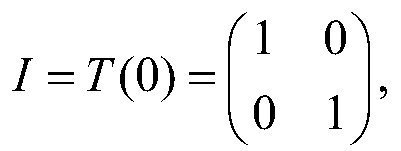Multi-party Quantum Key Agreement Protocol Based on Ring Structure
A quantum key agreement and key technology, applied in the field of multi-party quantum key agreement protocols, can solve problems such as qubit efficiency reduction, unfairness, and problems
- Summary
- Abstract
- Description
- Claims
- Application Information
AI Technical Summary
Problems solved by technology
Method used
Image
Examples
Embodiment Construction
[0014] The invention proposes a high-efficiency MQKA protocol based on a ring structure, which uses a single photon state as a quantum information carrier, and uses quantum unitary operations to encode related secret information. The security analysis shows that the protocol does not have the common fairness defects in existing ring MQKA protocols. Like most existing quantum cryptography protocols, the classical channel used in this protocol is assumed to be an authenticated classical channel. Suppose there are n participants P 1 ,P 2 ,...,P n wants to negotiate a set of secure and fair keys through this protocol, where participant P i (1≤i≤n) Generate a string of m-bit long random key sequence K i and a control sequence C of equal length to n-1 strings i(i+1) ,C i(i+2) ,...,C i(i-1) , here C i(j+n) =C ij , and they are all random bit sequences. The specific steps for participants to negotiate keys are as follows:
[0015] 1.P i Prepare an ordered sequence S consis...
PUM
 Login to View More
Login to View More Abstract
Description
Claims
Application Information
 Login to View More
Login to View More - R&D
- Intellectual Property
- Life Sciences
- Materials
- Tech Scout
- Unparalleled Data Quality
- Higher Quality Content
- 60% Fewer Hallucinations
Browse by: Latest US Patents, China's latest patents, Technical Efficacy Thesaurus, Application Domain, Technology Topic, Popular Technical Reports.
© 2025 PatSnap. All rights reserved.Legal|Privacy policy|Modern Slavery Act Transparency Statement|Sitemap|About US| Contact US: help@patsnap.com



